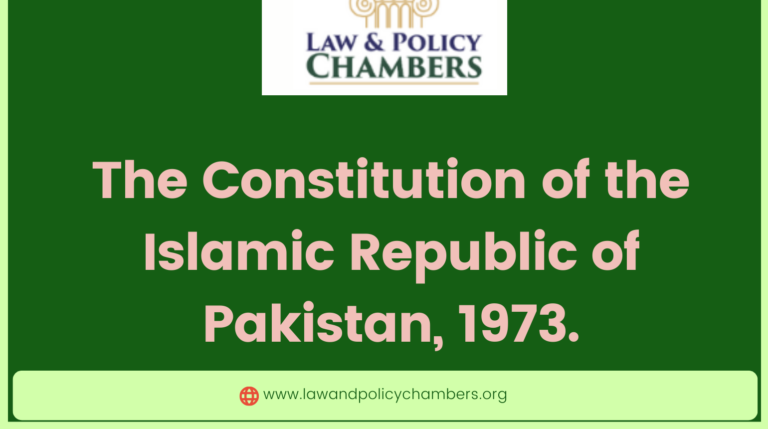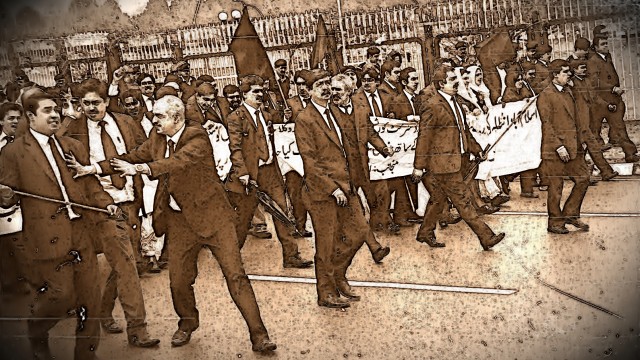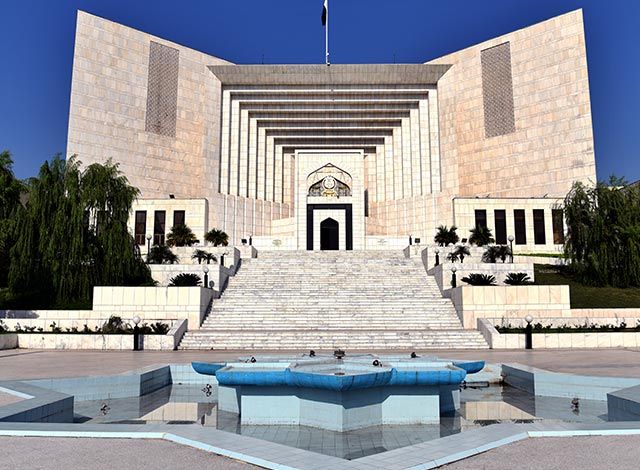After going through many upas and downs since it’s inception until the 1973, Pakistan witnessed a comprehensive and an exhaustive Constitution approved and enacted unanimously on 12 April, 1973. This Constitution was, in many aspects, unique from previous ones. Slam was declared as a state religion. Principles of Policy were introduced in the new document raging from Article 29 to 40. These are the guiding principles for state policies. The Parliament and the Executive are to bear in mind these guiding principles while devising any law or policy.
A comprehensive list of the Fundamental Rights was also included from Articles 8 to 28. Parliamentary system was again adopted. The Country was declared as an Islamic Federation comprising of four provinces: Punjab, Sindh, Khyber Pakhtunkhwa and Baluchistan, and certain other territories which were under the control of the federal government at he center.
In this Constitution, the designation of the president is ceremonial in nature. He is a ceremonial head of the state, sitting as a representative of the federal units of the state. He is supposed to be impartial.
Prime Minister has power under the new document to control the executive of the state. He is the head of the cabinet, responsible for the most crucial policy decisions during the rein. Prime Minister is elected from the majority party and who enjoys support of the majority within the Parliament. The Parliament is bicameral, comprising two houses: National Assembly, called lower house and Senate, called upper house.
The Constitution also comprehensively outlines how the Parliament should be run, how members can be elected to it, and what its tenure should be. The Constitution also embodies trichotomy of power, providing that the Parliament is to legislate, the executive is to implement and the judiciary is to interpret. This separation of power is not explicitly written in the Constitution but it is implied in it. Every organ of the State has given limited and exclusive powers to run the system. None of the organ is allowed to intrude into the domain of another and assume the role of that organ.
The Constitution of 1973 has seen so far as many as 25 amendments since its inception. All of them are very crucial but one of the most significant of these amendments is the 18th amendment which granted more autonomy to the provinces and left a limited list of powers for federal government. There is a list called federal legislative list provided in the Fourth Schedule of the Constitution which stipulates the areas in which the federal government is allowed to legislate and exercise power. The rest of the areas are left for the provinces to legislate and regulate. The residual powers have also been given to the provinces in the new Constitution.
This heard-earned document has also faced two martial laws, both of them were the longest martial laws of our history. Despite this, the Constitution has survived and we still have this blessing of Allah to run our state.
Here is the downloadable text of the Constitution:
1973-constituion



